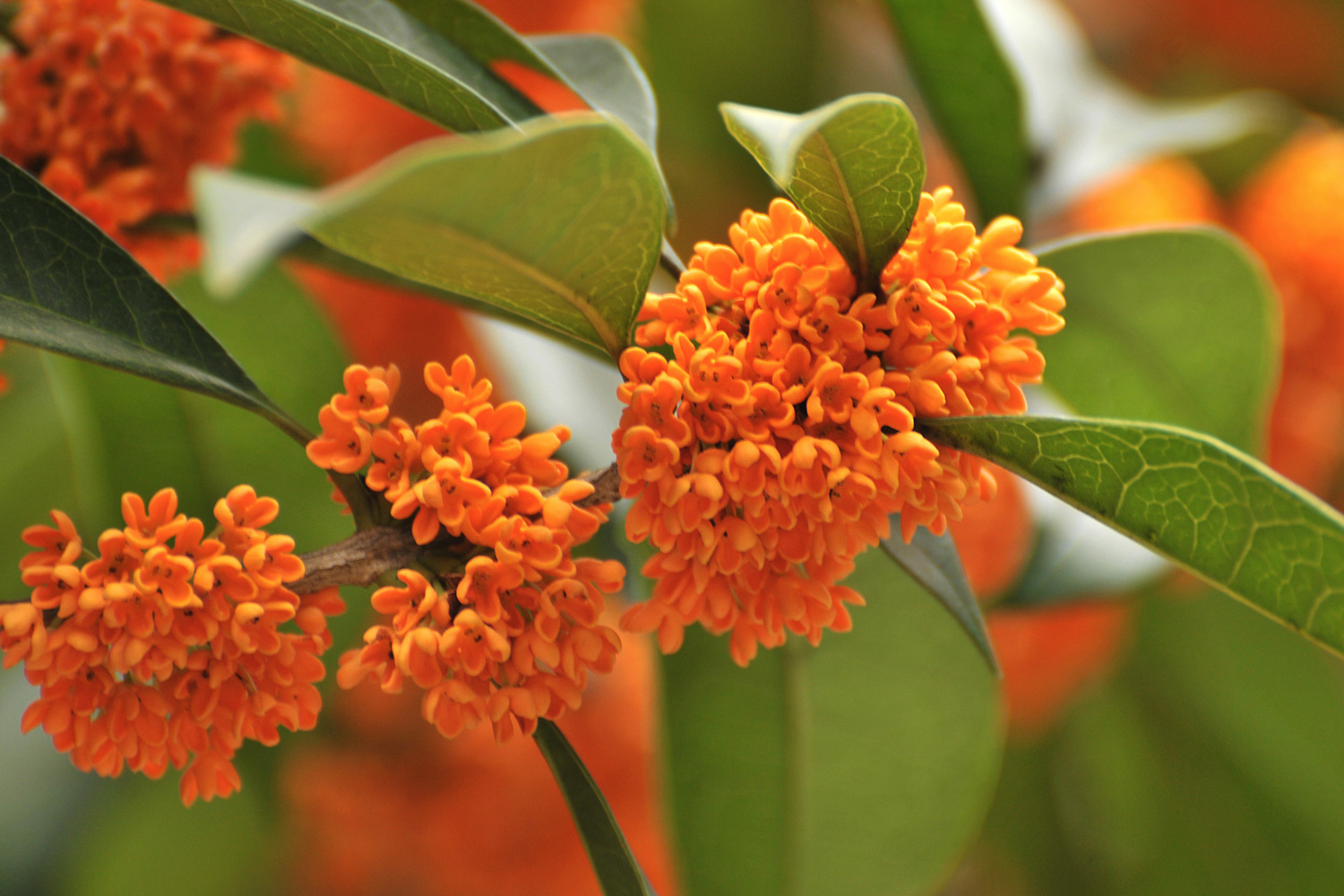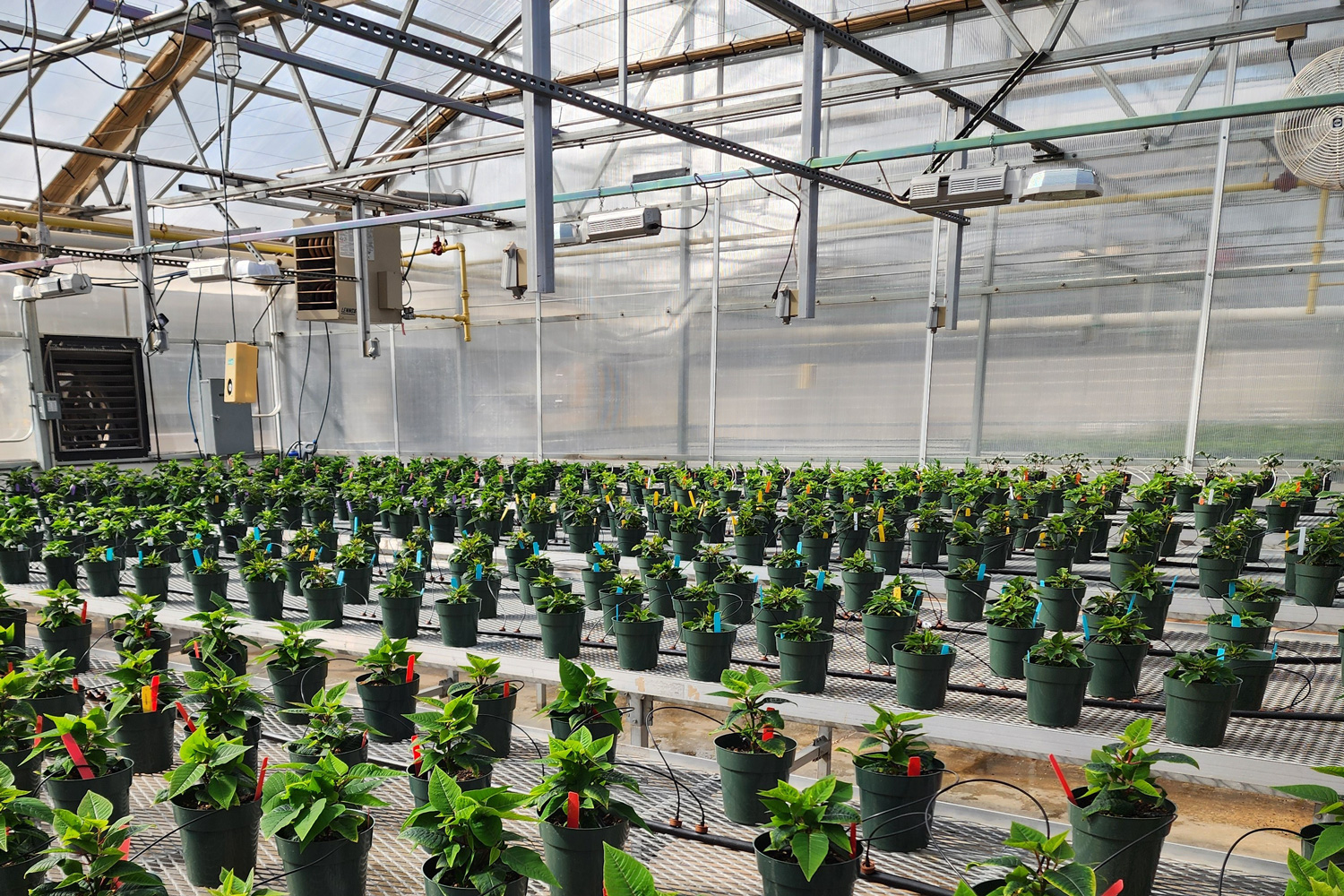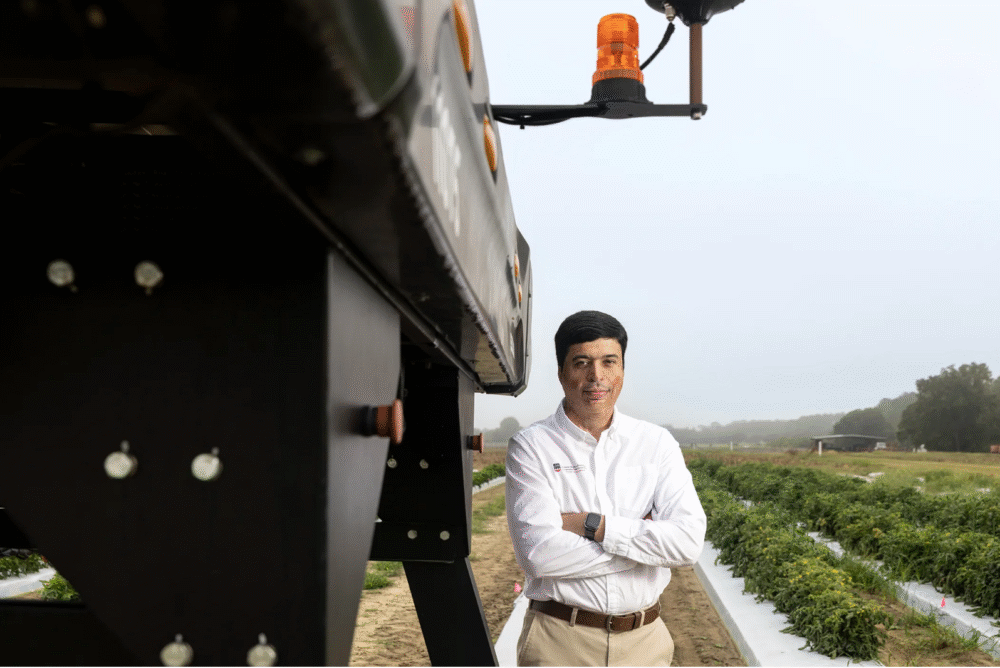Sunflowers are a great addition to the home garden, providing both a colorful display and a potential food source for both people and animals. Sunflowers are remarkably tough and can be grown in virtually any soil in the state of Georgia. Interestingly, a sunflower seed is a fruit formed on what appears to be a huge flower. The head of a sunflower is actually composed of a mass of hundreds of tiny flowers, called florets, all growing individually. The yellow petals that surround the flower head are, in fact, protective leaves that cover the center of the florets. Perhaps the sunflower gets its name because it almost looks like the sun, with its large, yellow center and bright, fiery leaves on the outside. But more likely, credit for the sunflower’s name is due to the way it tracks the sun’s position during the day. This ability to follow the sun and absorb as much sunlight as possible is a phenomenon called “heliotropism.”
Commercially, sunflowers have many uses, including the harvest of edible seeds and the extraction of sunflower oil. Even if you don’t intend to harvest your sunflowers, they are a beneficial crop to plant in your landscape beds or in a vegetable garden.
Growing Requirements

Sunflowers are heliotropic, meaning that they are able to turn their heads to face the sunlight.
Sunflowers are fast-growing annual plants that are best located in full sun. They can be planted individually in landscape beds, but they are also frequently planted as rows in vegetable gardens. While sunflowers can be started indoors for transplanting, they are easy to establish by direct seeding into the soil. Any soil in Georgia that isn’t continually waterlogged should be suitable for growing sunflowers. Sunflowers do best when grown in slightly acidic soil with a pH from 6.0 to 6.8. Prior to planting, it’s best to use a soil test to determine your soil’s nutritional needs.
In the absence of a soil test, apply twenty-five pounds of a balanced fertilizer, such as 13-13-13, per 1000 square feet. Sunflowers should be planted several weeks after the last frost. This could be as early as March in south Georgia or the beginning of May in north Georgia. Ideally, the soil temperature should be at least 60 °F prior to planting. When planting in rows, space seeds about 6 inches apart in the row, and plant 1 to 2 inches deep. The sandier the soil, the deeper the seed should be planted. When plants emerge, thin every other seed, allowing 12 to 15 inches between plants. Rows should have a minimum of 2 to 3 feet of space between them. To enjoy continuous blooms throughout the growing season, sunflower seeds should be planted every couple of weeks. Water the sunflower seeds lightly for the first seven to 10 days to ensure strong germination. After germination, irrigation can be reduced to a couple of times a week in the absence of rain.
Maintenance
Sunflowers require little maintenance beyond providing irrigation when needed and administering additional fertilizer. Give your sunflowers a second application of fertilizer by side dressing them with 5 pounds of 34-00 per 100 linear feet of row. Irrigate soon after the application of fertilizer to allow it to move into the root zone of the plant.
One of the greater challenges of growing sunflowers is weed control. Weeds can be controlled using mechanical methods such as tilling, hoeing, or hand pulling. They can also be controlled through the use of herbicides and mulches. It is very important to control the weeds while they are young to prevent them from competing with the sunflowers for nutrition and moisture. If the ultimate goal is to harvest the sunflower seed for food, you may have to contend with aerial attacks from birds. Scarecrows, shiny spinning pans, or an owl decoy may be effective in deterring pesky birds until it’s time to harvest.
Types of Sunflowers
Two basic types of sunflowers are typically grown: oil seed sunflowers and confection sunflowers. Oil seed sunflowers are primarily grown for producing sunflower oil and bird seed. Sunflower oil is very healthy, being low in saturated fats. Black Peredovik oil types are best for those primarily planting for wildlife, as birds and mammals are highly attracted to the oils in the seed and will readily eat them. Confection sunflowers produce large seeds on large heads and have black stripes along the seed coat. This type is primarily grown for human consumption and you’ll typically find their seeds roasted or salted and baked.
Insect and Disease Issues

While sunflowers are relatively easy to grow, they have a few potential pests, such as wildlife and insects. Care should be taken when planting sunflowers in areas that deer can access. If deer locate your sunflowers, they can destroy the young, developing plants quickly. Repellents or fencing may be necessary in locations that have high deer populations.
While deer are obvious pests, there are a few insects that will attack the crop as well. Leaf- footed bugs, stink bugs, aphids, and caterpillars can feast on the plant’s stems, leaves, and heads. For this reason, sunflowers are sometimes used as a trap crop to lure these pesky insects away from other desired vegetables. While there may be a temptation to spray insecticides to control pests, sunflowers also attract an enormous number of beneficial insects and pollinators. Use caution when deciding whether a spray application is warranted. Sunflowers may also exhibit occasional fungal infections such as mildews and rusts. Powdery mildew and downy mildew are occasionally found on the leaves of sunflowers, typically affecting the oldest leaves first. If the plants are old enough and have vigor, they can normally grow despite these diseases.
Harvest Tips
In the early fall, check flower heads for signs of seed maturity. As the reverse side of the head turns from green to a yellow-brown, the heads will nod downward. A close look will reveal that the tiny petals covering the developing seeds have now dried and fallen out, easily exposing the tightly packed mature seeds.

Sunflowers are ready to harvest when the heads begin to droop over and dry out.
To harvest the seeds ahead of the birds and squirrels, cut off seed heads with a foot or so of stem attached, and hang them in a warm, dry place that is well-ventilated and protected from rodents and insects. Keep the harvested seed heads out of high-humidity conditions to prevent spoilage from molds, and let them cure for several weeks. When the seeds are thoroughly dried, dislodge them by rubbing two heads together, or by brushing them with your fingers or a stiff brush. Allow the seeds to dry for a few more days in airtight glass jars in the refrigerator to retain flavor.









